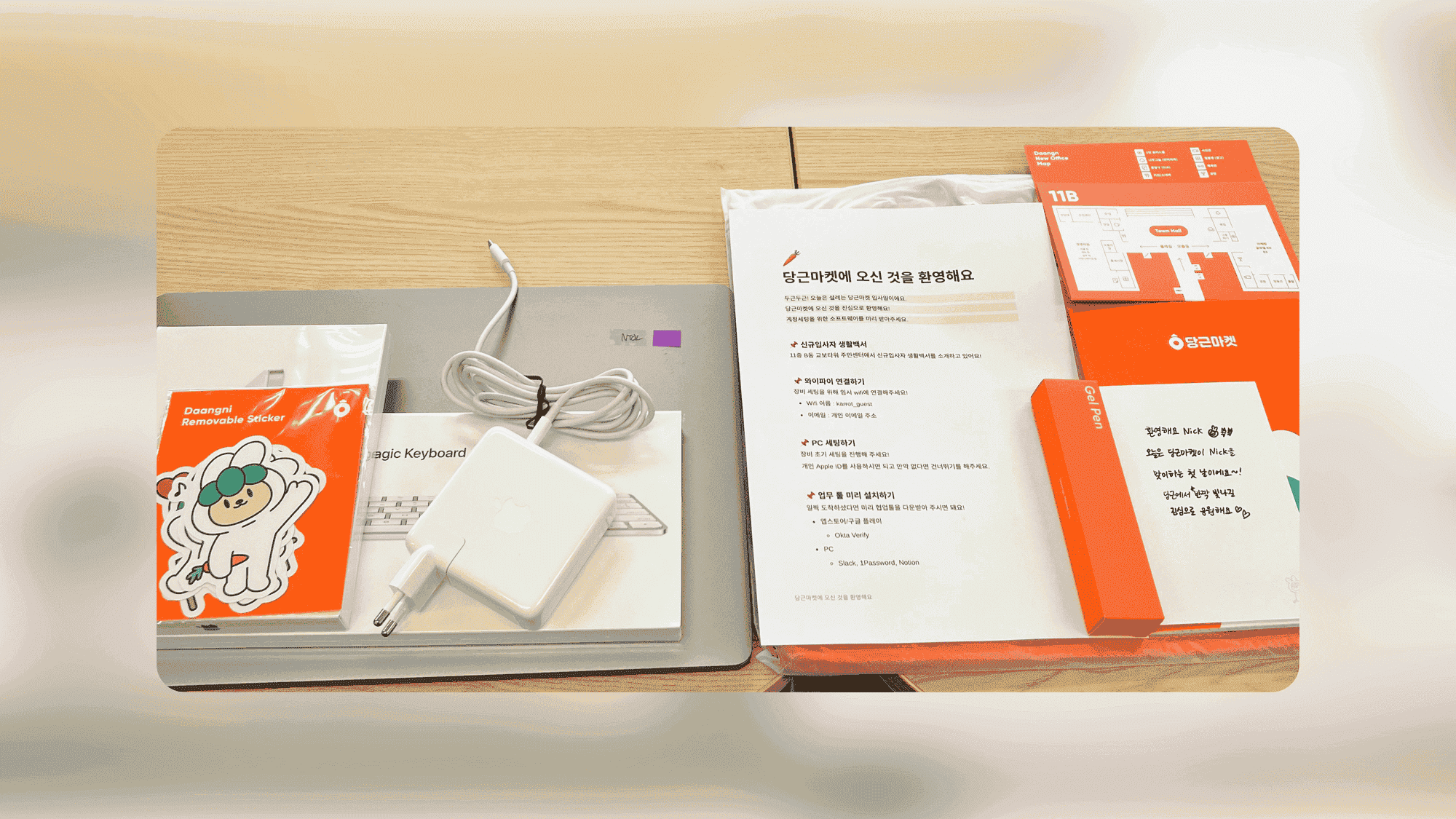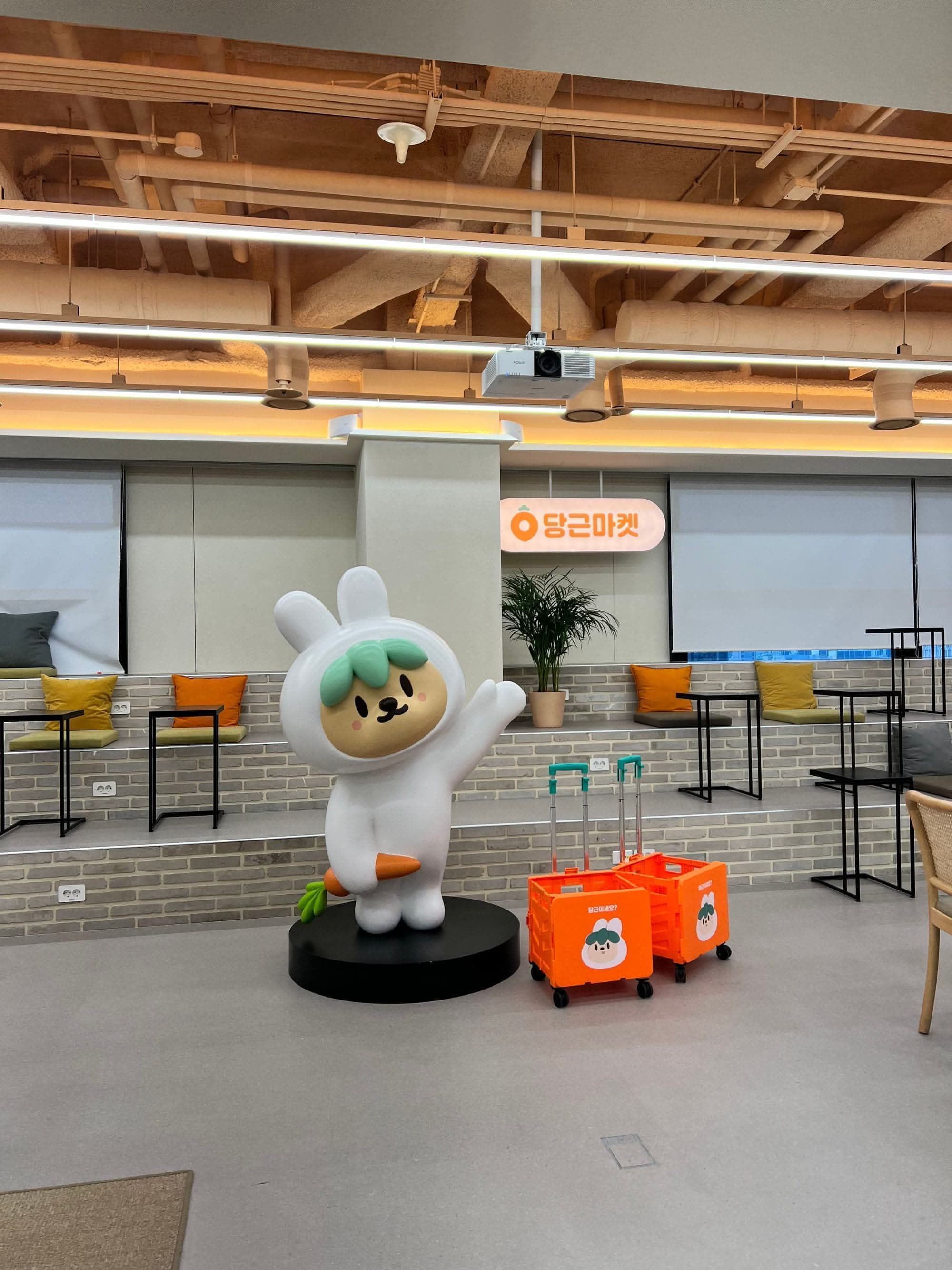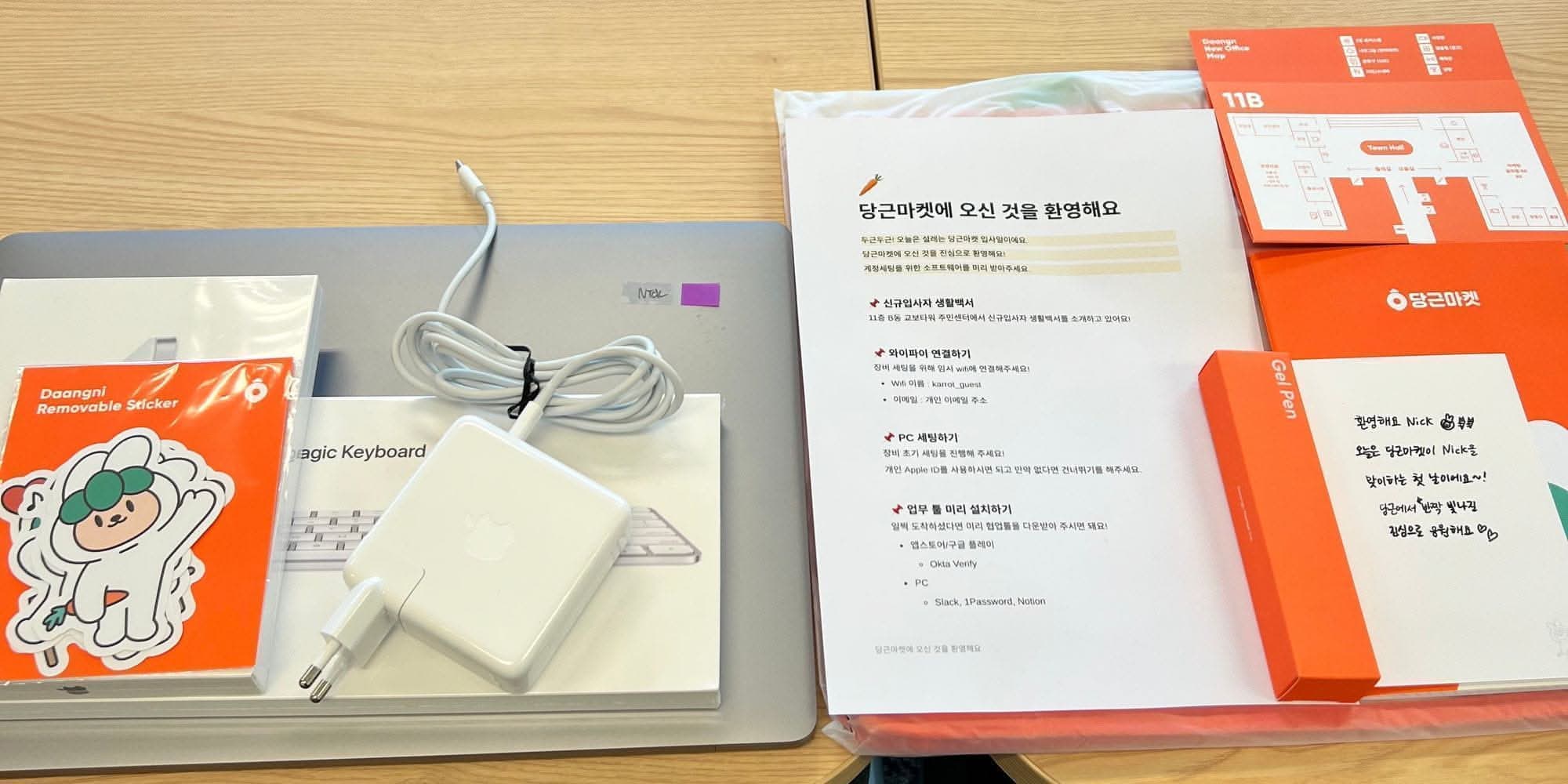
It's already been a week since I've been living as an intern at Karrot (2022-05-22), a Korean Unicorn Company. It's an internship that lasts for three months, but it would be good to organize the interview and onboarding before it's too late.
Application and Interview
A Great Start
It starts with Karrot Market Team Recruiting Site. I got a lot of feelings that Karrot was putting a lot of energy into discovering good talent. While running the recruitment website neatly, Karrot wrote down all the information applicants might be curious about. Above all, Karrot wrote the JD (Job Description) specifically and clearly. Some companies I interviewed with did not disclose the JD, so Karrot was much more considerate.
Doesn't it look very detailed and subtle? The information transparency was excellent, allowing me to predict what position I would hold and what responsibilities I would be given even before the interview. The application process was also straightforward. I didn't have to write a cover letter, etc.; I only had to attach my existing resume. It took less than 15 minutes to apply.
The Interview
As mentioned in JD, the interview was scheduled for 1 hour and 30 minutes. I had been interviewing for several companies before. Up to this point, the discussions I had experienced could be divided into two types.
Among them, if you were looking for a Computer Science intern, you had to prepare well for the second technical interview. In the meantime, most of the companies that have been interviewed are preparable as above. Karrot's interview was different. They did not ask questions about the interviewer's knowledge, and we discussed practical work within 5 minutes of starting the discussion. I felt like I was in a team meeting rather than an interview. First, he explained the team's current problem. Then, he asked me to analyze the expected solutions presented and their strengths and weaknesses. During the actual interview, he explained the following information.
On Mini-Apps
- In China's WeChat, there is a Mini Program called Xiaochengxu.
- A feature that allows sideloading of small programs within WeChat.
- You don't need to install the app, take a QR code, and the mini-app loads super-fast, giving you a similar experience to the app.
- At the same time, membership registration and payment connection are not required. Since WeChat ID and WeChat Pay are automatically linked, no roadblocks hinder the user's flow.
- In China, the mini-app app ecosystem already dominated the market, and Line and Snap are also preparing for this trend.
- Apple has also launched its mini-app, App Clips.
If you are curious about the mini-app, please refer to this article!

So, how did it go?
The answers to the previous question lead to the next question.
It was not a typical interview, but it aimed to find out how to come up with an idea and find a solution at a practical level. It felt like I was having a coffee chat, and I thought I was receiving significant consideration even though I was the interviewee. The people team's efforts were evident in many aspects, such as promising to inform both successful and unsuccessful applicants of the results within three days and asking for understanding via e-mail when the announcement of the results was delayed.
If you are curious about the questions above, you can learn the answers by looking at the articles below.
- How to build a plugin system on the web and also sleep well at night
- WorkerDOM: JavaScript Concurrency and the DOM
Interesting Things about Karrot

Interns with Power
Our team consists of 8 people, and I felt like I became a core member of a tiny startup, not an intern at a Unicorn company. Interns were also given a fair amount of voice and power, and information and opportunities were unrestricted. Even as an intern, I could develop ideas, contribute to production-level products, and suggest new directions for product design. The team leader supported me in expressing more opinions on the first day, which helped me tremendously. I was learning on the job in the actual field.
Great Power and Responsibility
Karrot showed me trust first by giving me as much freedom as possible. For example, I go to work freely between 9:00 and 11:00 and do not say hello when I leave work. I would not record work hours and only had to prove it with performance. I was an intern, so I asked a bunch of things, and I was impressed with team members saying: We trust you, proceed as you wish.
Working Anywhere
It's related to the above, but our team has never gathered offline. I went to work alone with my team for the last few days. Currently, one of our team's developers is living in Jeju Island for a month. Nevertheless, all team members maintained the best performance. Also, the concept of asynchronous communication impressed me. As we move increasingly to remote work, it takes too much energy to hold meetings where everyone gathers in real-time. We instead document and record everything and use corporate messengers like Slack to handle everything during my working hours. Of course, this is based on trust between members and the freedom and responsibility above. (i.e., it is a system that runs under the belief that there are no employees to free ride like group assignments)
Transparent Information

There are no restrictions for interns. You can view the server code of the Karrot market, check the sales volume of local advertisements, and view the minutes of meetings with Karrot investors. After reading this, you will probably think of Reed Hastings's No Rules Rules book.
In the corporate meeting every Monday, we share updates from each team. It was also impressive that no one used presentation slides; they were all written in a shared document in Notion for easier future reference. Overall, the culture promoted creative and powerful expression of opinions. In addition, it induced a responsible attitude by first trusting the employees.
Endless Debates

I put the one that impressed me the most last. The discussion culture based on mutual respect was awe-inspiring. Two days after I arrived, we had a 6-hour meeting, and our team exchanged hundreds of Slack messages until dawn to discuss the direction of the product. While I've done various group assignments and student startup projects, I've never seen such deep and delicate affection for a product and heated discussions. Debating how to allocate limited resources to succeed in the market inspired me. Everyone communicated logically to understand the other people's points of view and find a middle ground. Even so, it was cool to see that the discussion never linked to personal feelings and respected each other.
Moving Forward
I will be working on sandboxing for the mini-app standard in the future. Simply put, it's about creating a web within the web and the basis for the mini-app environment. I have a variety of technical & product goals. I plan to write another article after finishing my internship. Please look forward to the Karrot Mini Team!